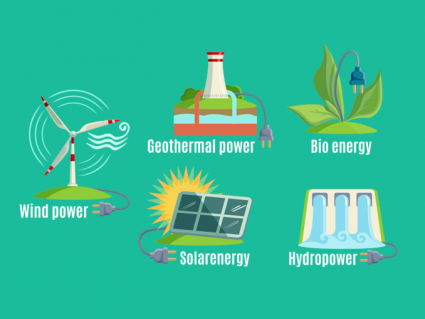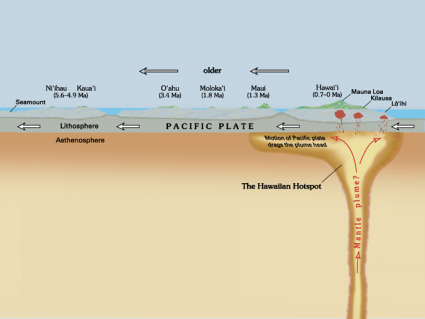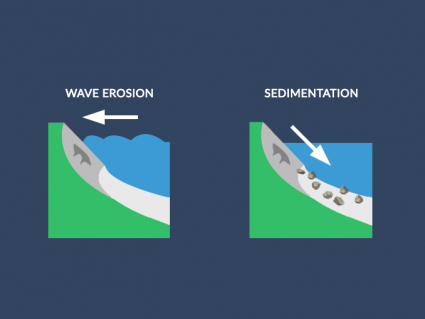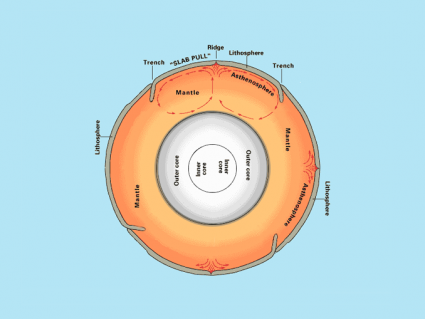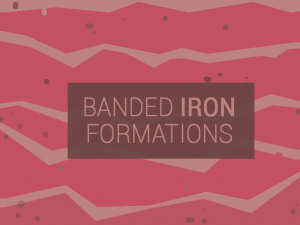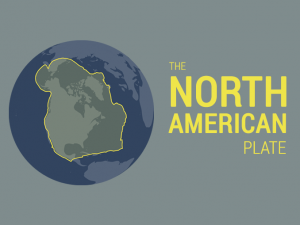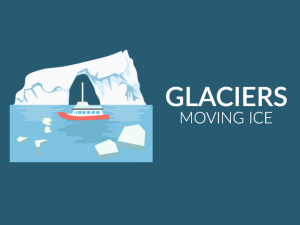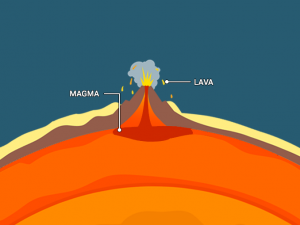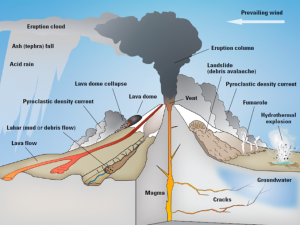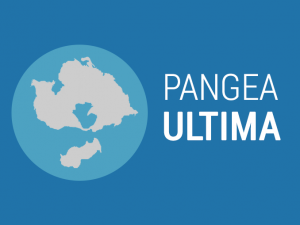What Are Soil Horizons?
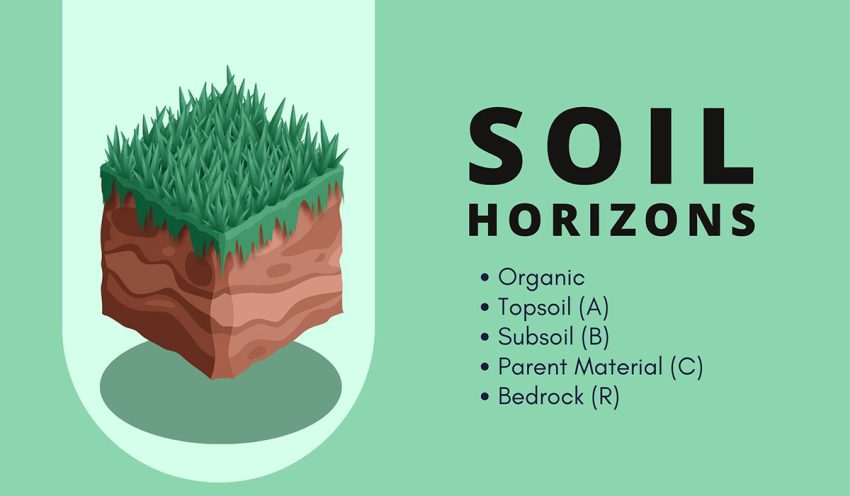
Characteristics of Soil Horizons
Soil horizons are layers in the soil, each with different characteristics. They form over time, due to various natural processes.
From top to bottom, these layers have different colors, textures, and materials. This soil profile helps scientists understand soil’s health and composition.
Each horizon plays a unique role in the ecosystem. There are typically five main soil horizons:
- Organic (O)
- Topsoil (A)
- Subsoil (B)
- Parent Material (C)
- Bedrock (R)
Organic horizon (O)
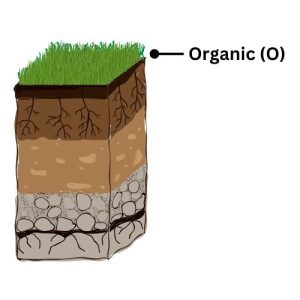
The organic soil horizon is the topmost layer of soil. Because the organic layer is rich in decomposed plant and animal material, it is highly fertile and nutrient-rich.
This layer is dark and often the softest of all the soil layers. Because it’s full of nutrients, it’s helpful to know about plant growth and soil health.
The organic horizon helps retain moisture and supports microorganisms. Because of its rich composition, the organic horizon promotes healthy plant development.
Topsoil horizon (A)
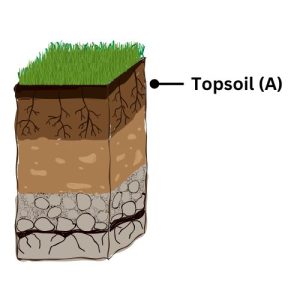
The topsoil horizon, known as Horizon A, lies just beneath the organic layer. It’s a blend of minerals, organic matter, and various living organisms.
This layer is distinguished by its darker color and higher fertility compared to lower horizons. Serving as a primary zone for plant roots, it supports the majority of biological activity in the soil.
Furthermore, topsoil is essential for agricultural productivity and robust plant growth. Due to its importance, it’s often the main focus of soil conservation and sustainable farming practices.
Subsoil horizon (B)
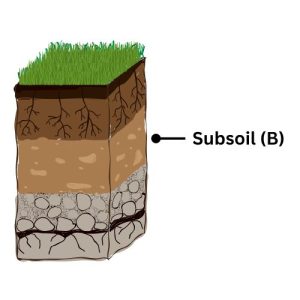
The Subsoil horizon, or Horizon B, lies below the topsoil. It’s a layer of accumulation where nutrients and minerals leach down from above.
This horizon has less organic matter than topsoil, making it lighter in color. Plus, it’s denser and often contains more clay and iron.
Roots can reach this layer, but it’s less fertile than topsoil. Horizon B plays a key role in water and nutrient storage in the soil.
Parent horizon (C)
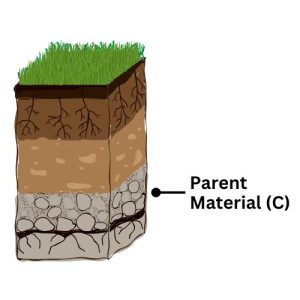
The Parent horizon, or Horizon C, is beneath the Subsoil horizon. It consists of weathered pieces of rock and minimal organic material.
This layer is closer to the bedrock and less affected by soil-forming processes. Also, it’s less altered by plant roots or soil organisms.
Horizon C provides a foundation for the upper soil layers. Because it helps us understand the soil’s origin and formation, it can be helpful to know the Parent horizon (C).
Bedrock horizon (R)
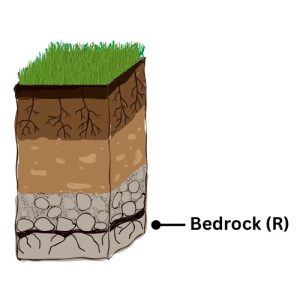
The Bedrock horizon, known as Horizon R, is the lowest soil layer. Within the soil profile, it lies below all other soil horizons.
This layer is made of solid rock, like limestone or granite. Because it’s not affected by typical soil-forming processes, the Bedrock horizon (R) remains largely unchanged.
Bedrock influences the type of soil above it because it determines the mineral composition of the soil. It’s essential for understanding the geological history of an area.
Frequently Asked Questions
The organic soil horizon contains the most organic material. It’s the topmost layer, rich in decomposed plants and animals.
There are typically five main soil horizons: Organic (O), Topsoil (A), Subsoil (B), Parent Material (C), and Bedrock (R).
Knowing soil profiles is important for several reasons. It helps in agriculture, to choose the right crops and fertilizers. In construction, we use it to ensure stable foundations. Finally, we use it in conservation, climate, and more. Also soil structure is key to better understand how plants grow.
Human activities like farming, construction, and deforestation can significantly impact soil layers. These actions can lead to soil erosion, nutrient depletion, and compaction. This alters the soil’s natural structure and health. This is a growing problem in the world today.
If you’re looking to access ready-to-use map packages, try out the SSURGO downloader web map. Download soil map units from this web application, which are the basic geographic units of the Soil Survey Geographic Database (SSURGO).


